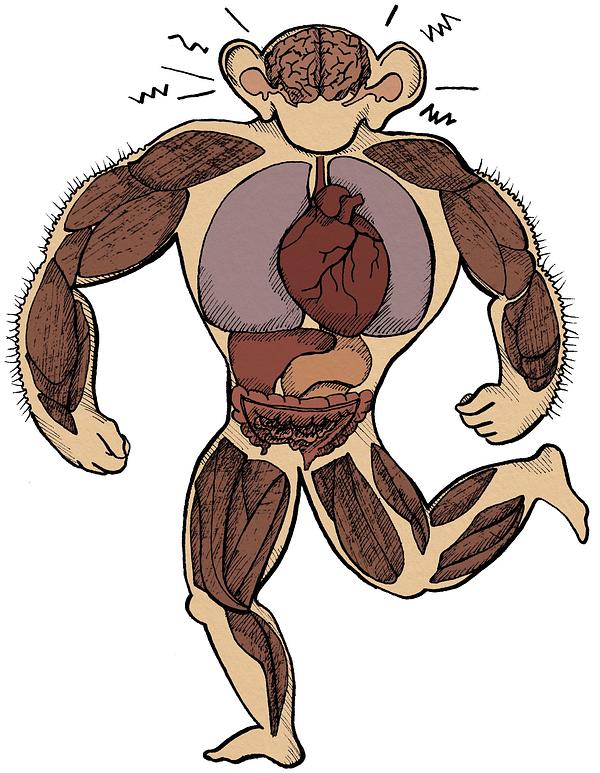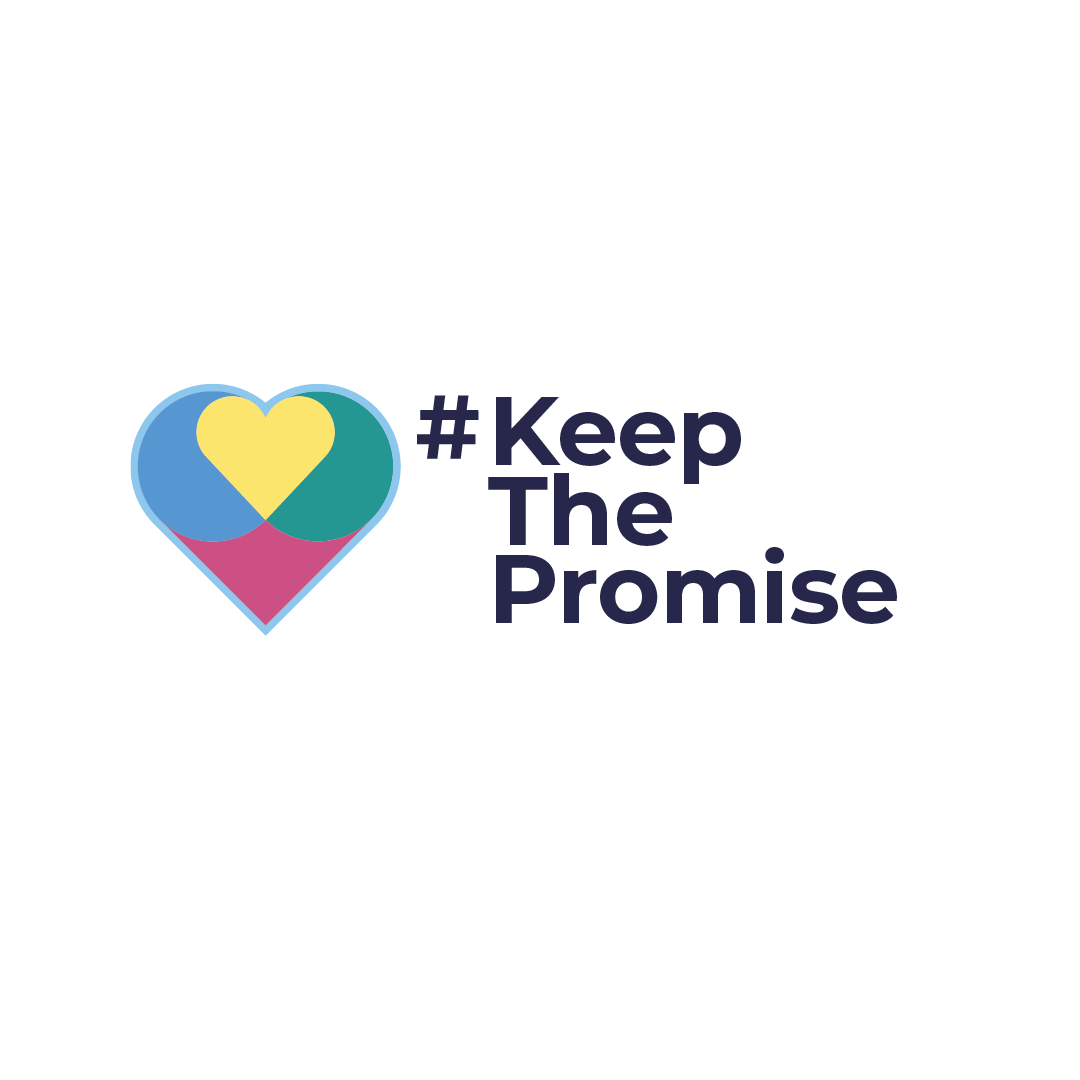The Daemon Called Anger
23 Jul 2015 By Raka Tavashmi, Personal Advisor & Workshop Facilitator

In my work with young people, referrals often come in because someone is unhappy about a young person being angry. No amount of persuasion or punishment has worked, I am told, and everyone has had enough. Anger Management specialists are called in, various tools and techniques are discussed, assertiveness skills are taught.
As valuable as these interventions and materials can be, they are not a replacement for regular lived experience. We learn best by modelling those around us, and if we want young people to skillfully manage anger, we need more than a workshop or two – as adults we need to be able to model for them a healthy attitude and response to anger. How do we do this? What do we know about anger, where does our own anger come from and what do we do with it?
It seems to me that most people are terrified of anger – our own and others’. Why? Perhaps because we have learnt that expressing anger leads to love being withheld from us, and earns us only disapproval and rejection. Or perhaps we have witnessed violence stemming from anger, and have learnt to believe that ‘anger = violence/danger’. We tend to demonize this emotion, and try to find ways to not be angry anymore.
But anger is not the same as violence. Anger is a valid, passionate emotion that tells us when something precious to us is at risk of harm. Think about it – recall something you are/were angry about and ask yourself – what was I trying to protect? Can you find something important to you, a vulnerable feeling perhaps, which needed defending against someone or something?
Psychotherapist David Richo describes differences between anger and ‘drama’. True anger, he says (in How to be an Adult, 1991), is meant to communicate and express any hurt feelings, it is non-violent and safe. Drama, on the other hand, seeks to scare and threaten, is violent, punishing and out of control. Perhaps anger becomes drama when we are scared of our own anger, when we couldn’t possibly say “No!” or “That really hurts”, the consequences could be terrible – we may be rejected or dismissed – so we in turn scare and hurt the other, this way we will definitely be noticed and appear powerful.
We tend to think of anger as a problem we need to destroy, something bad and poisonous. Poet David Whyte sees it very differently, as he writes in Consolations (2015):
“Anger is the deepest form of compassion, for another, for the world, for the self, for a life, for the body, for a family and for all our ideals, possibly about to be hurt. Stripped of physical imprisonment and violent reaction, anger is the purest form of care, the internal living flame of anger always illuminates what we belong to, what we wish to protect and what we are willing to hazard ourselves for.”
And another message from David Richo –
“Anger is fresh lively energy that is valuable to our individual evolution… The anger stimulates our power. It is not something we need to drop or deny. It is something that lifts us and transforms us once we allow ourselves to feel it and show it.”
I wonder who we would be if we started seeing our anger as a clue to find what is important to us, what is worth fighting for. What if we allowed anger as an expression of our vitality while we drop the drama, what if we let our children see what true anger looks like and what adults do with it? Who would we be? and what would our children learn?





